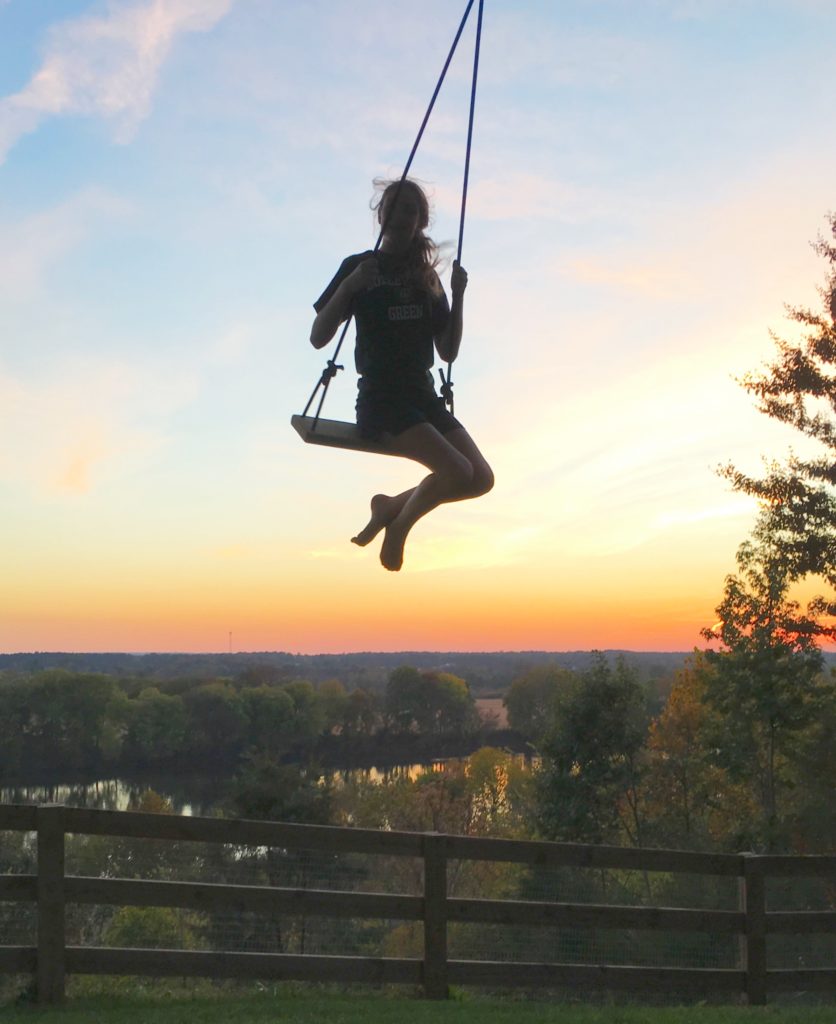
Welcome to your own backyard! It’s your own little world, and right now it might be the only world you’ve got. No worries. You probably have friends back there you didn’t even know about. Like trees. It has been reported by a budding young contributor to TreeLife Magazine that due to the coronavirus the Richmond tree population is happier than it has ever been!
Ok, there’s no such thing as TreeLife Magazine, and trees don’t read or write, but they do love to play. Just as plant lovers will tell you that plants love to be talked to, tree lovers will tell you that trees love to be played with. Trees will hold the rope for your big swing, and do the hard-pulling job of keeping that zipline, static line, or ninja line stretched out. When you get tired from all that swinging, zipping, and balancing, they don’t mind standing watch on either side and pulling down the shades for your big nap in the Eno.

Truetimber loves seeing us all out back enjoying our trees, but we have also seen that sometimes without knowing it we are playing a little too rough. A tree literally wears its heart on its sleeve. The living, growing layer of tissue, called the cambium, is just inside the bark, and is where tree growth happens. Around the cambium are tubular cells that carry water and nutrients up and down the tree. Generally speaking, it would be better to pierce this layer with a nail or screw than to wrap something tightly around it. Better yet, there are generally good ways to safely attach playthings to your trees without damaging the cambium.
Keep these tips in mind when attaching things to your trees, so they will keep supporting your play for many years to come.
- Swings – a running (slip) knot works best. A running knot will cinch to the limb, but be able to expand as the limb grows. Be careful not to create a noose for the limb that is unable to expand. We’ve seen many dead limbs with chains or wires wrapped tightly around them.

- Ziplines, Static Lines, and Ninja Lines – The tension in these playthings can be very damaging to a tree. If you are putting tight straps at the base of the tree temporarily for play and taking them off, any method is probably ok. Be careful, though, if you leave just the strap on the tree for more than a few day’s play. If you prefer to set it up and leave it up, blocks of wood separating the strap or wire from the trunk will give the tree a better chance to expand naturally. Some of these playthings come with a thin, soft cushion to separate the strap from the tree. This is better, but for long term installation, these thin cushions are still not the best protection. Spaced out blocks of wood are best.

- Enos or Hammocks – no worries here! Dream away all your troubles at a safe distance from the crazy world. Our only advice about Enos is to get one and use it regularly. If you get a hammock instead of an Eno, consider using straps for the tree attachments rather than lag screws or other hardware that may come with the hammock.
- Treehouses – for our treehouse projects we like to build free-standing structures that incorporate trees but have minimal if any, hardware attachments to the tree itself.

If you are worried that you might be playing too rough with the trees at your house, we would be glad to come out and give you some advice, or help you set up tree-friendly play. Silver linings are few and far between in the dark clouds of world events right now, but one that glimmers brightly is the play and joy I see Richmonders finding in their own backyards.



